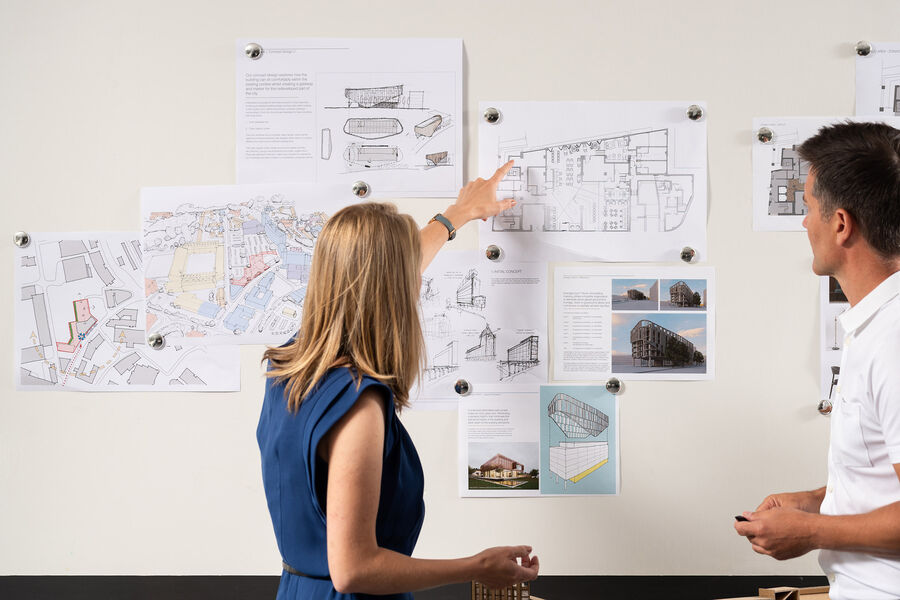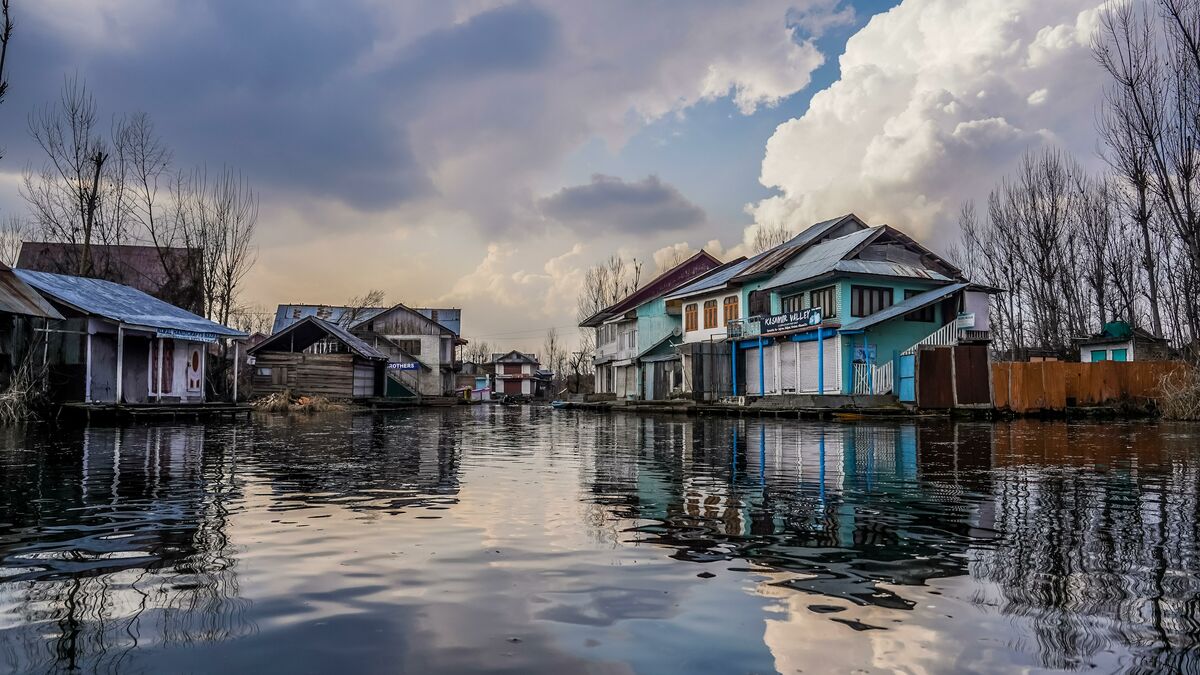
Natural events such as flooding, hurricanes, earthquakes, and tsunamis are part of planet Earth’s natural cycles. When these events cause significant human suffering and loss of infrastructure, they become disasters.
In the wake of these disasters, architects are ideally placed to help restore peoples’ lives to normality by working in the reconstruction process and utilising their skills as facilitators, problem solvers and organisers.
In the first instance, of course, it is imperative to address people’s most basic needs, which according to Maslow’s hierarchy of needs would be their physiological ones — food, water, clothing, shelter, etc. Mostly this is done in camp-style villages, the likes of which we have become very familiar with in recent times due to the overwhelming number of refugees fleeing disaster and conflict.
Beyond this, however, we look to address some of Maslow’s second and third tier needs of safety and belonging by creating longer-term homes and infrastructure which allow people to move beyond their immediate recovery and begin, once again, to flourish.
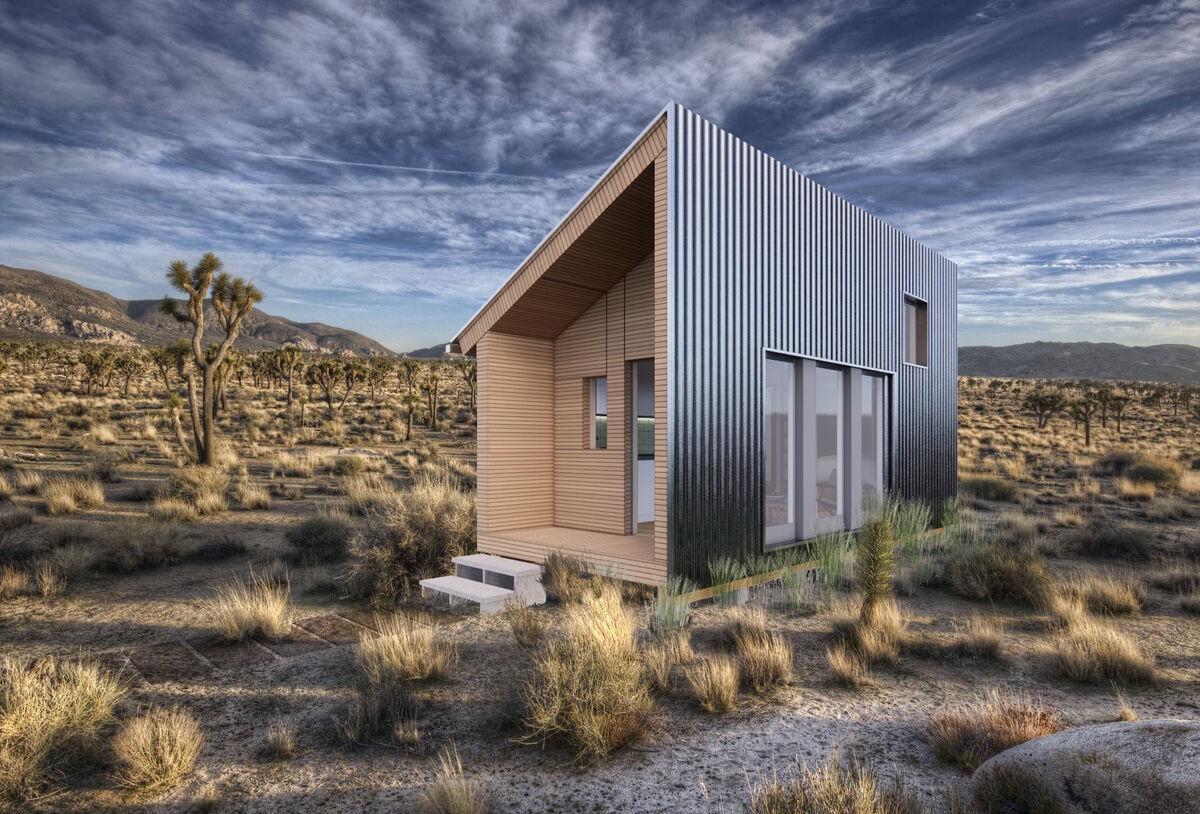
Combining our skills in modular construction, efficient living, space design, and cost-effective solutions, we hope to genuinely enhance the lives of people who have been struck by disasters that most people can only imagine.
Post-disaster modular housing
Our studio has recently been exploring concepts for modular housing that would be taken into post-disaster zones around the world — addressing the need for medium-term shelter. This type of housing is essential for people to emerge from their dire circumstances and start rebuilding their lives and communities. We are exploring ways to bring our wealth of experience in the hospitality sector to these desperate situations. Combining our skills in modular construction, efficient living, space design, and cost-effective solutions, we hope to genuinely enhance the lives of people who have been struck by disasters that most people can only imagine.
In practice, the best solutions to these devastating problems have in some way involved both innovative design and an engagement with the local context and community — dynamic projects which seek to empower those who have suffered loss, rather than stifle them. In times of need, good architecture can increase social capital by treating the community as the main stakeholder in each project.
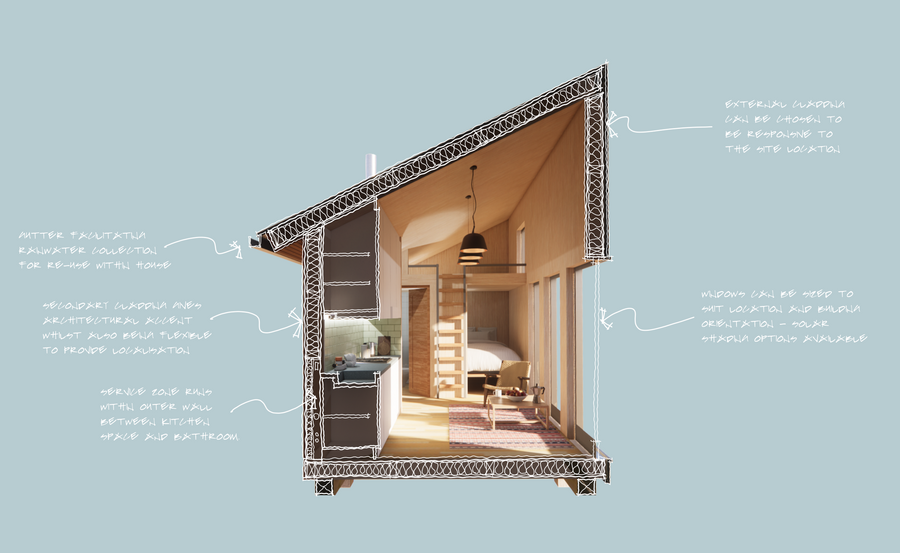
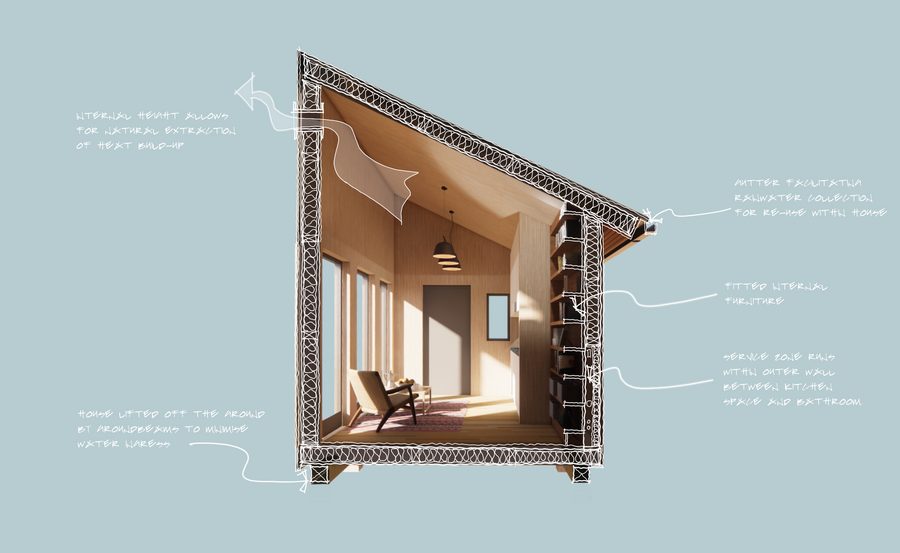
Creating a design for the vulnerable people who have recently lived through a disaster is a weighty task, but one to which we hope we can contribute to in a meaningful and lasting way.
Recovering independence and fostering a sense of belonging
If we can create shelter solutions which are robust, sustainable, adaptable, and flexible we may give people a chance to recover some of their independence and even create a sense of belonging. Moreover, by handing over choice and responsibility to the primary stakeholders, (as our ultimate clients) we can aim to foster a circle eager to invest time and effort to create beautiful and functional communities to be part of. Moreover, by giving the communities the resources and training to implement their recovery, we can help them not just to rebuild their homes, but their lives and their independence.
Modular buildings bring a whole host of benefits to such a construction process: efficiency, quality assurance, speed of delivery, ease of on-site construction, and the possibility of sustainability if this aim is central from the start of the design process. The challenge with such a construction method is to build in flexibility to allow the building to adapt based on the environmental conditions — precipitation, foundation type, heating loads… as well as the specific needs of the people who will inhabit those homes. For example, by allowing modules to join we can cater for larger family units. Or by allowing the cladding and insulation to be changed we can address varying vernacular styles and weather conditions.
Creating a design for the vulnerable people who have recently lived through a disaster is a weighty task, but one to which we hope we can contribute to in a meaningful and lasting way.
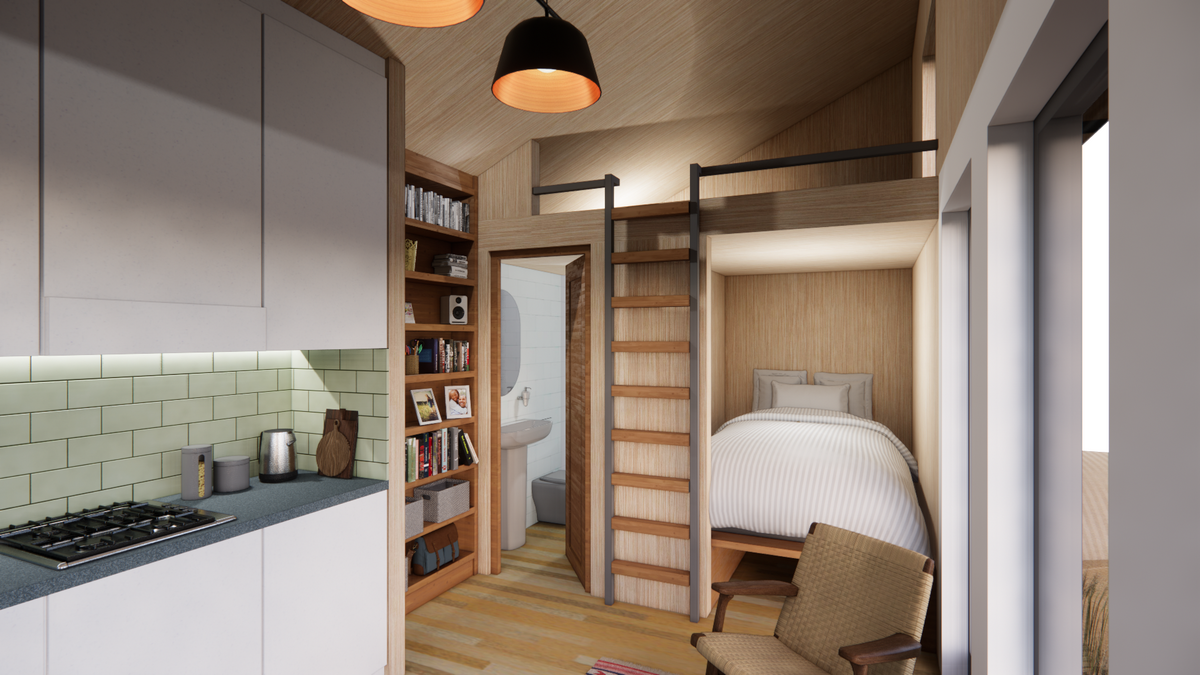
“After a catastrophe, there is still a role for beauty, innovation, and humility. Indeed, it is more important than ever.”
Esther Charlesworth

